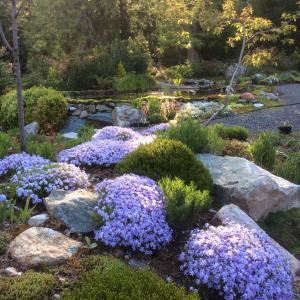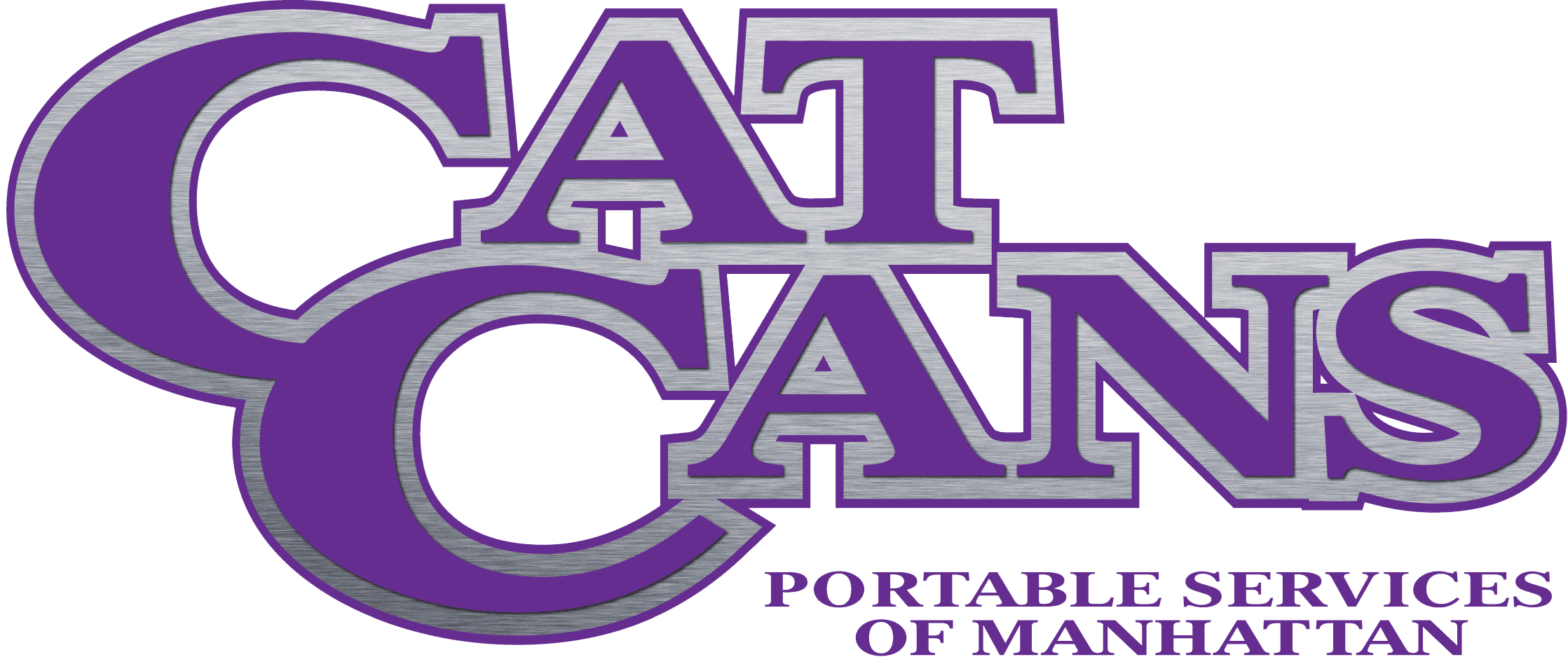Spring Is In The Air

Shown here are creeping phlox, dwarf boxwood, hebe, thyme and iris, which would be considered safe to plant over the septic field.
With the birds chirping, trees budding, throats and eyes itching…spring is in the air!
When you are making your spring cleaning to do list – do not forget about your septic tank! We recommend having your septic tank pumped every 3-5 years…if you can’t remember how long it has been, it is probably safe to say – “it is time!”
With spring here, it is also a great time to start landscaping projects. A few things to keep in mind while landscaping around your septic system.
- If you do not have direct access to your tank – consider having Cat Cans install a riser and lid – BEFORE you spend money on landscaping. This quick and inexpensive task will prevent tearing up your beautiful landscaping when your tank needs pumped.
- Septic tank lids are typically green, however, we can order them with prints of river rock and mulch – allowing your lids to blend in with your landscaping
- Keep in mind which plants will not damage a septic system
- Grasses/Clover for play fields and heavy usage
- Traditional lawn (seed or turf)
- Microclover (can mix with eco grasses or meadow flowers)
- Eco-grass naturalized lawns/meadows (some are sold specifically for septic field use).
- Bulbs/Corms/Rhizomes/Tubers for naturalizing lawns and meadows
- Allium (all types)
- Autumn crocus
- Spring crocus
- Crocosmia
- Bluebell
- Gladiolus
- Enkianthus
- Scilla
- Hardy Cyclamen
- Hyacinth
- Ipheion
- Iris
- Leucojum
- Snowdrop
- Muscari
- Narcissus
- Tulip (use species ones for naturalizing)
- Carpeting/Creeping Perennials (“stepables” for light walking and use. Weeds can be an issue)
- Creeping penstemon
- Thymes
- Mazus reptans
- Blue star creeper
- Aubretia
- Armeria (thrift)
- Native mosses
- Ajuga (dwarf)
- Creeping jenny
- Hernaria
- Baby tears
- Brass buttons
- Gold oregano
- Carpeting sedums
- Carpeting saxifraga
- Taller perennial flowers/grasses for viewing or strolling on paths, it’s best if drainfields are at least 1 foot deep
- Violets
- Daylily
- Wintergreen
- Poppies
- Waldsteinia
- Anemones
- Penstemon
- Agapanthus
- Lady’s mantle
- Astilbe
- Hardy begonias
- Foxglove
- Bleeding heart
- Ferns
- Hardy lobelia
- Forget-me-not
- Sweet william
- Creeping woodland phlox
- Thalictrum
- Tiarella
- Sedums
- Perennial geraniums
- Wild Ginger
- Festuca ovina (blue or green fescue)
- Tall fescue grass
- Shrubs – slow growing shrubs with fibrous, contained root systems. These are less likely to be a problem planted at the recommended distances from a drainfield.
- Boxwood
- Potentilla
- Daphne
- Hebes
- Dwarf/shrubby euonymus
- Rhododendron/azaleas
- Choisya
- Trees with more vertical root growth. Also less likely to cause harm if planted at the recommended distance from a drainfield.
- Cherry
- Crabapple
- Dogwoods
- Genetically dwarf trees
- Small species maple: palmatum (Japanese maple)
- Maples: griseum, Amur
- Cotinus
- Cercis
- Japanese snowbell
- Grasses/Clover for play fields and heavy usage
There are countless lists of plants suggested for septic fields. This is not a comprehensive list, just a list of commonly used plants that will work with your septic field and not cause problems in the long run. Be sure to check your specific septic and site conditions and shade/sun preferences of the plants before selecting. We highly recommend working with a professional landscape company before planting shrubs, vines and trees – to ensure that they are planted within the recommended distance – there are no guarantee of root infiltration when it comes to trees, shrubs or vines.
